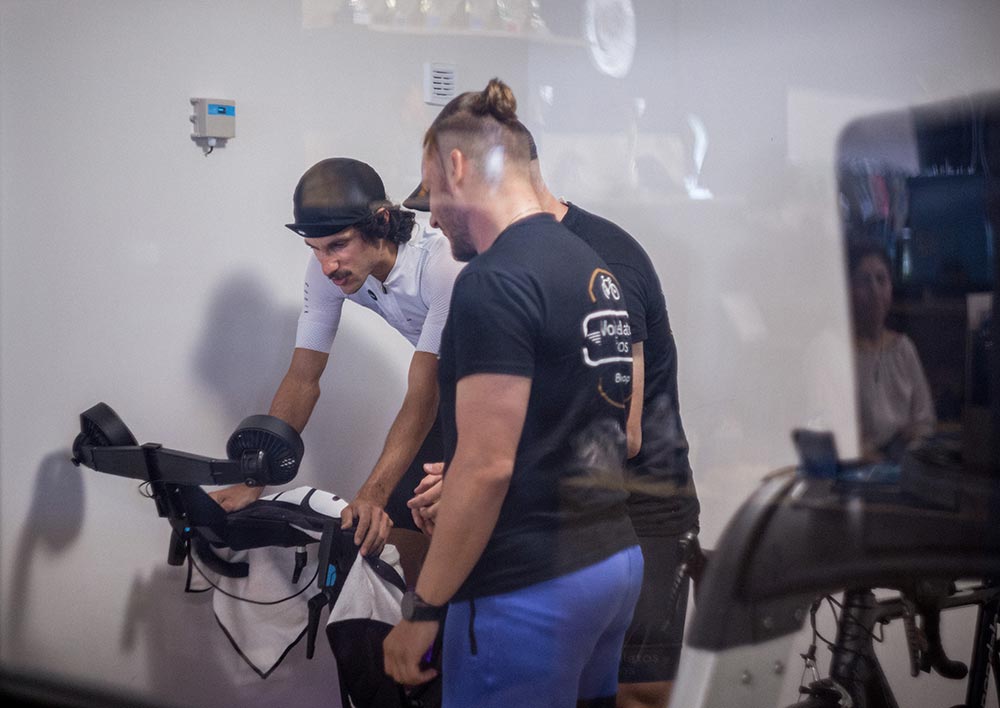Altitude training has been used to improve athletic performance for decades. After the Olympic Games in Mexico City, many records in America fell and soon after the researchers discovered that altitude was the only reason. Since then, many teams and individuals have used altitude training as part of their preparation.
 Exposure to reduced oxygen levels (altitude or hypoxia) is a challenge for human body, because oxygen is the main source of energy for our cells. In state of hypoxia, the body tries to produce the required amounts of energy with less available oxygen. To do this, a protein called Hypoxia Inducible Factor (HIF-1) triggers a series of reactions aimed at improving it the body’s ability to use oxygen.
Exposure to reduced oxygen levels (altitude or hypoxia) is a challenge for human body, because oxygen is the main source of energy for our cells. In state of hypoxia, the body tries to produce the required amounts of energy with less available oxygen. To do this, a protein called Hypoxia Inducible Factor (HIF-1) triggers a series of reactions aimed at improving it the body’s ability to use oxygen.Studies have shown positive results, such as improved sprint repetition performance, increased anabolic hormonal responses and increased red blood cell mass. In addition to hypoxic training, the following have been shown to occur normal reactions:
1. Enhanced pulmonary oxygen uptake.
2. Increased production of erythropoietin hormone (EPO) by the kidneys, stimulating the creation of red blood cells (RBCs) and improved oxygen transport through of the body.
3. Increase of capillaries for greater supply of oxygen to their tissues muscles and the brain.
4. Improved production and rejuvenation of mitochondria (the center of production aerobic energy) and mitochondrial enzymes 2.3 DPG, allowing more efficient use of oxygen for energy production, superior enzymatic The body’s antioxidant defenses and the perfect fat metabolism in energy.
5. Decreased mean heart rate and blood pressure.
6. Increased production and release of human growth hormone
7. Stimulation of fat metabolism
8. Reduced oxidative stress from free radicals (“ROS” reactive oxygen species) Interval Hypoxic Training (IHT) training methods, also known as Intermittent Hypoxic Training, aims to improve athletic performance and / or acclimatization to high altitude.
Research shows clear evidence that short-term hypoxic exposure during High-intensity exercise promotes molecular level adjustments in skeletal muscle tissue, as well as promoting a better respiratory response (capacity lungs), leading to an increase in athletic performance at sea level and in altitude.
The main effects of IHT are to increase the body’s ability to tolerate low levels of oxygen saturation in the blood and increase its effectiveness use of oxygen in muscle cells. The increased oxygen savings caused by IHT are different from effects of altitude sleep, which mainly increases the number of reds blood cells. Performing IHT several times a week and optionally combining it by sleeping at altitude, you will increase the efficiency of oxygen use in muscle cells. Many users find IHT an effective method of saving time for altitude training and altitude acclimatization.





